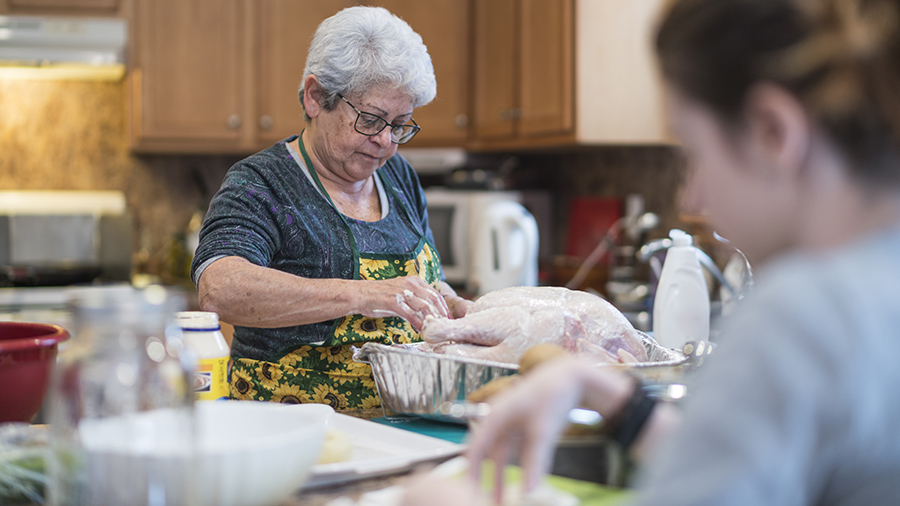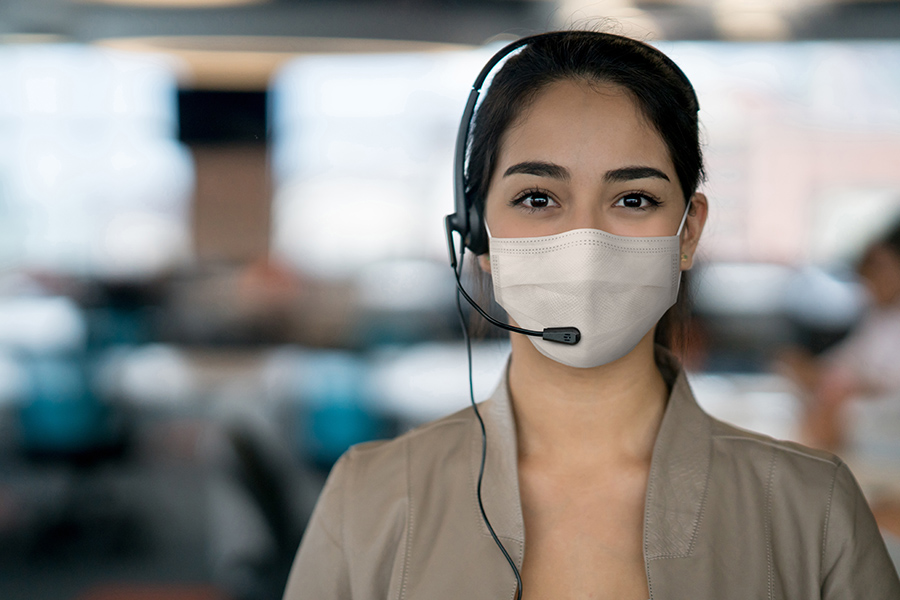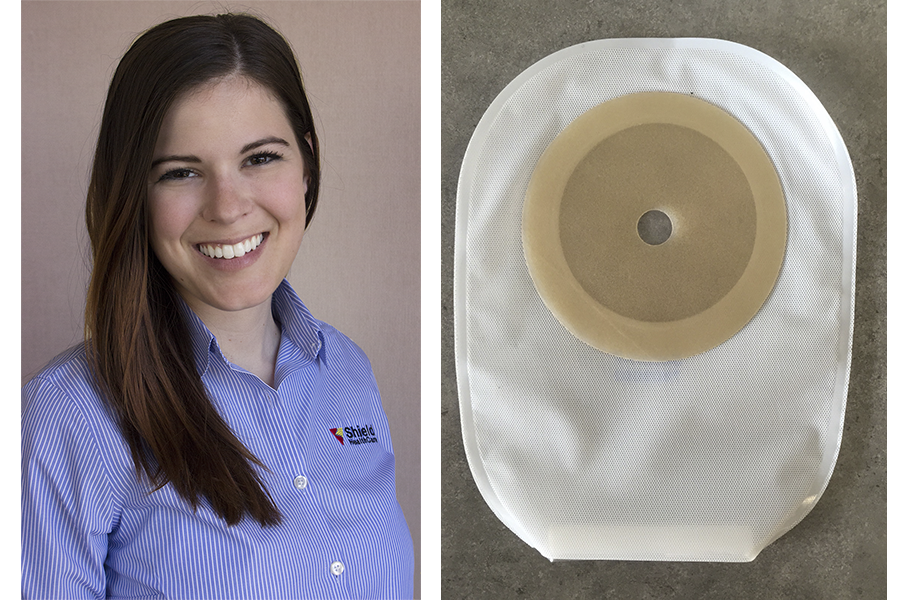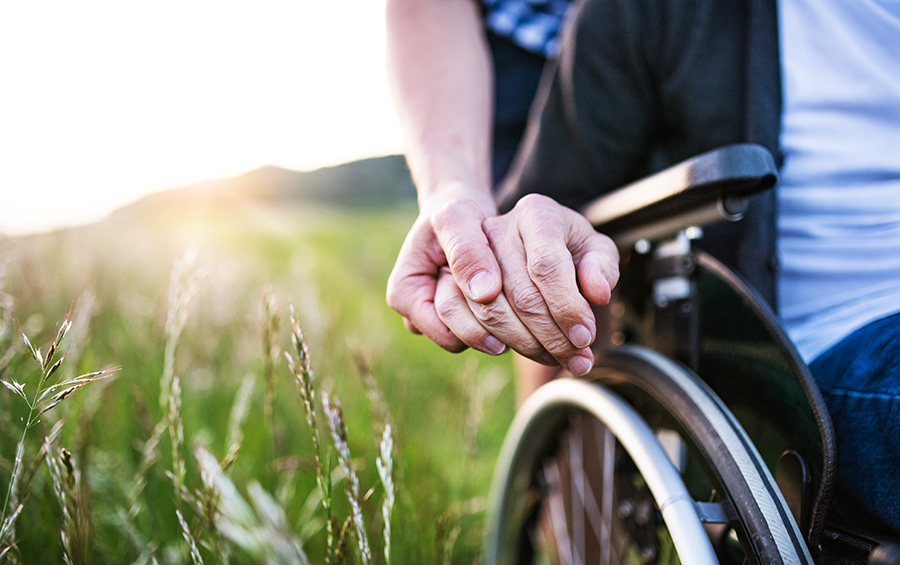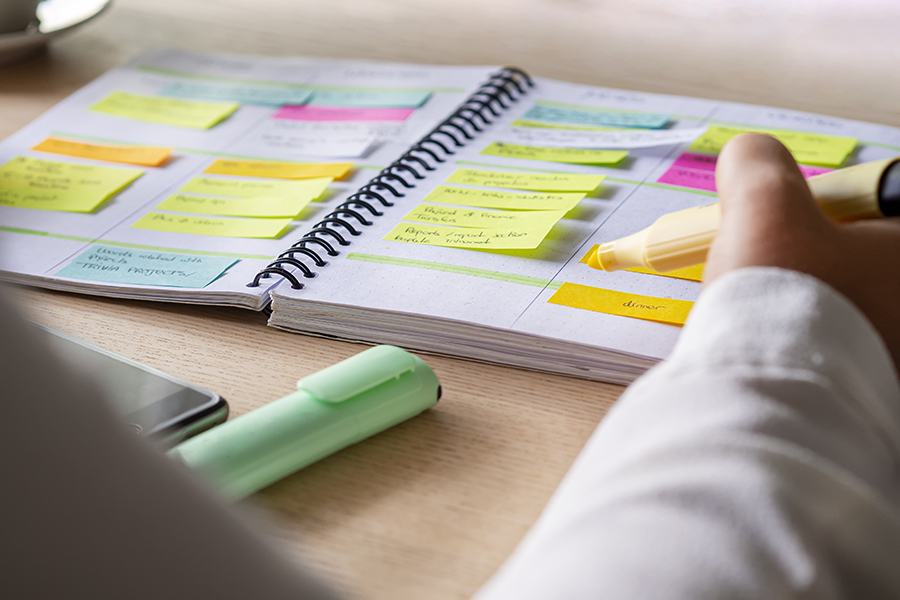Updated November 2024
Handling turkey and chicken incorrectly, as well as undercooking it, are the most common reasons for food poisoning linked to poultry. Food poisoning – which can cause serious illness and long-term health consequences, including death – can be particularly dangerous for infants and young children, the elderly, those with chronic health conditions, people who are pregnant, and people with a weak immune system. This includes those those with cancer, autoimmune disorders, AIDS, diabetes, liver disease, or kidney disease.
Read more about food poisoning here, including complications for people at high risk.
A few simple steps can help keep your food safe. Follow the tips below to help you safely prepare your holiday turkey meal, and enjoy a safe and happy holiday with your loved ones!
1. Thaw Your Turkey Safely
If you purchased a frozen turkey, you will need work thawing into your Thanksgiving timeline. You can safely thaw your turkey in three ways:
-
- In the refrigerator in a container or roasting pan, or on a rimmed baking sheet;
- In a leak-proof plastic bag in a sink of cold water (change the water every 30 minutes); or
- In the microwave, following the microwave oven manufacturer’s instructions.
How Long Does It Take to Thaw A Turkey?
Refrigerator Thawing
To thaw your turkey in the fridge, place the turkey breast side up, in its original (unopened) wrapper on a tray in the fridge. Your fridge should be set for 40 degrees F or below. Allow at least 1 day of thawing for every 4-5 lbs of turkey.
Approximate Fridge Defrost Times by Weight:
-
- 4-5lbs: 1 DAY
- 8-10lbs: 2 DAYS
- 12-15lbs: 3 DAYS
- 16-20lbs: 4 DAYS
- 20-25lbs: 5 DAYS
- 25-30lbs: 6 DAYS
Cook your turkey within 4 days after thawing.
Cold Water Thawing
If you’ve run out of time to fridge-thaw your turkey, you can thaw your turkey more quickly using a cold water thaw method. For cold water thawing, thaw your turkey breast side down, in its original, unopened wrapper, with enough cold water to cover your turkey completely. If your turkey cannot be completely covered by water, rotate (flip) the turkey every 30 minutes to keep the turkey chilled. Any portion of frozen turkey left at room temperature for more than 2 hours can breed bacteria.
Change your thaw water every 30 minutes, regardless of whether you are rotating your turkey.
Estimate at least thawing time of 30 minutes per 1lb of turkey.
Approximate Cold Water Thaw Times by Weight:
-
- 4-5lbs: 2-2 1/2 HRS
- 8-10lbs: 4-5 HRS
- 12-15lbs: 6-7 1/2 HRS
- 16-20lbs: 8-10 HRS
- 20-25lbs: 10-12 1/2 HRS
- 25-30lbs: 12 1/2-15 1/2 HRS
2. Handle Your Turkey the Right Way
Raw poultry can contaminate anything it touches with harmful bacteria. Follow the four steps to food safety—clean, separate, cook, and chill—to prevent the spread of bacteria to your food, family, and friends.
- Wash your hands with warm, soapy water for 20 seconds before and after handling turkey.
- Do not wash raw turkey. During washing, turkey juices can spread in the kitchen and contaminate other foods, utensils, and countertops.
- Use a separate cutting board for raw turkey.
- Never place cooked food or fresh produce on a plate, cutting board, or other surface that previously held raw turkey.
- Wash cutting boards, utensils, dishes and countertops with hot, soapy water after preparing your turkey and before you prepare the next item.
3. Cook Stuffing Thoroughly
 We recommend cooking your stuffing separately from the turkey in a casserole dish or pan, in order to be sure it is thoroughly cooked. If you decide to cook stuffing inside the turkey, put the stuffing in the turkey just before cooking.
We recommend cooking your stuffing separately from the turkey in a casserole dish or pan, in order to be sure it is thoroughly cooked. If you decide to cook stuffing inside the turkey, put the stuffing in the turkey just before cooking.
With either cooking method, use a food thermometer to make sure the stuffing’s center reaches 165°F. Bacteria can survive in stuffing that has not reached 165°F and may then cause food poisoning. If you cook stuffing in the turkey, wait 20 minutes after taking the bird out of the oven before removing the stuffing; this allows it to cook a little more. Learn more about how to prepare stuffing safely.
Use a food thermometer to check for a safe internal temperature of 165°F or higher.
4. Cook Your Turkey Thoroughly
*REMEMBER: Remove giblets from inside your defrosted turkey before cooking.
Set the oven temperature to at least 325°F. Place the completely thawed turkey in a roasting pan that is 2 to 2-1/2 inches deep. Cooking times will vary depending on the weight of the turkey. The general rule of thumb for a thawed bird is to cook 15-20 minutes per pound at 325 degrees F. Use a food thermometer to make sure the turkey has reached a safe internal temperature of 165°F. Check by inserting a food thermometer into the center of the stuffing (if it is stuffed) and in the thickest portions of the breast, thigh, and wing joint. Even if your turkey has a pop-up temperature indicator, you should still use a food thermometer to check that it is safely cooked.
Many variables can affect the roasting time of a whole turkey:
- A partially frozen turkey requires longer cooking.
- A stuffed turkey takes longer to cook.
- Some ovens may heat food unevenly.
- Temperature of the oven may be inaccurate.
- Dark roasting pans cook faster than shiny metals.
- The depth and size of the pan can reduce heat circulation to all areas of the turkey.
- The use of a foil tent for the entire time can slow cooking.
- Use of the roasting pan’s lid speeds cooking.
- An oven cooking bag can accelerate cooking time.
- The rack position can have an effect on even cooking and heat circulation.
- A turkey or its pan may be too large for the oven, thus blocking heat circulation.
To be sure that your turkey has completely cooked and is safe to eat, use a food thermometer to test the turkey’s center, as well as the most dense (thickest) areas of the turkey.
How Long Should Your Cooked Turkey Rest Before Carving?
Exact recommendations vary, but a good rule of thumb is to wait approximately 20 minutes. After removing your cooked turkey from the oven, loosely “tent” it (cover with tin foil) and let the turkey stand for 20 minutes before removing all stuffing from the cavity and carving the meat. This allows your stuffing to complete cooking, and it will also give your bird enough time to redistribute and absorb some of its juices before you carve the meat. Learn more about safe minimum cooking temperatures and how to use a food thermometer for turkey and other foods.
Remember: bacteria begins to breed in cooked turkey left at room temperature for two hours or more.
5. Safely Store Leftovers
The bacteria Clostridium perfringens grows in cooked foods left at room temperature. It is the second most common bacterial cause of food poisoning. The major symptoms are vomiting and abdominal cramps within 6 to 24 hours after eating.
- Clostridium perfringens outbreaks occur most often in November and December.
- Many of these outbreaks have been linked to foods commonly served during the holidays, such as turkey and roast beef.
Refrigerate leftovers at 40°F or colder as soon as possible, and within 2 hours of preparation to prevent food poisoning. Slice or divide big cuts of meat, such as a roast turkey, into small quantities for refrigeration so they can cool quickly. Reheat all leftovers to at least 165°F before serving.
Sources:
- www.cdc.gov/foodsafety/communication/holiday-turkey.html
- www.fsis.usda.gov/wps/portal/fsis/topics/food-safety-education/get-answers/food-safety-fact-sheets/poultry-preparation/turkey-basics-safe-cooking/ct_index
- www.poison.org/articles/2013-apr/food-poisoning#:~:text=One%20of%20the%20dangers%20of,tiredness%2C%20even%20an%20irregular%20heartbeat.
- www.foodnetwork.com/thanksgiving/thanksgiving-turkey/how-long-thaw-turkey






